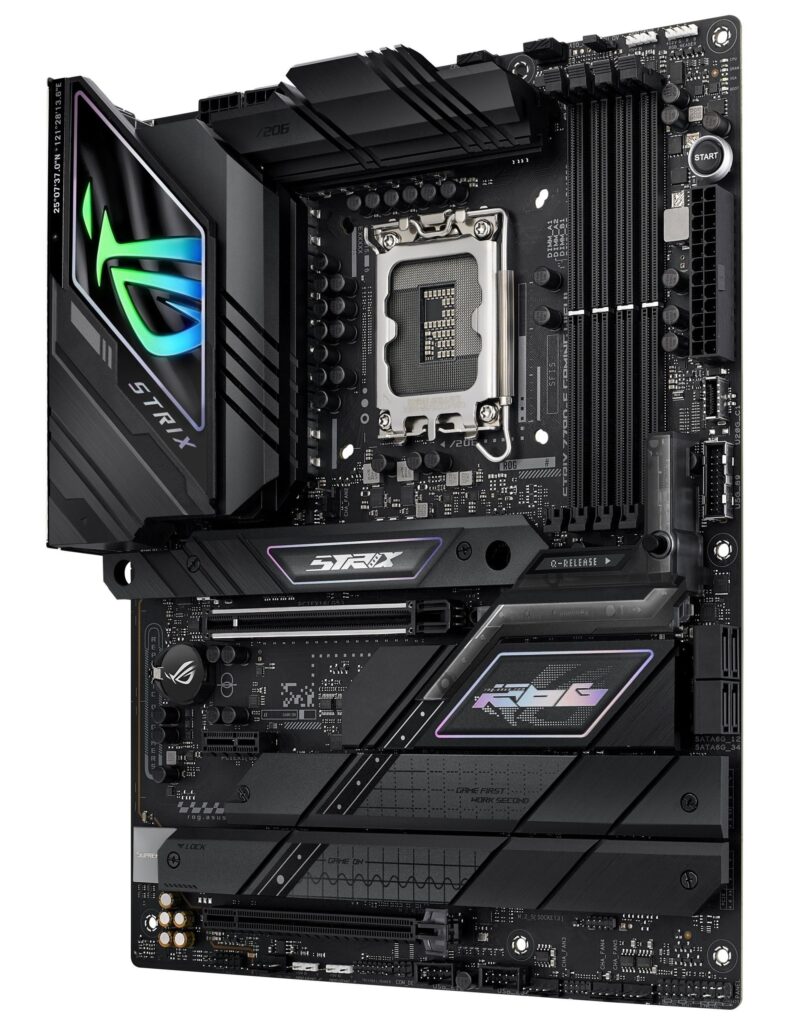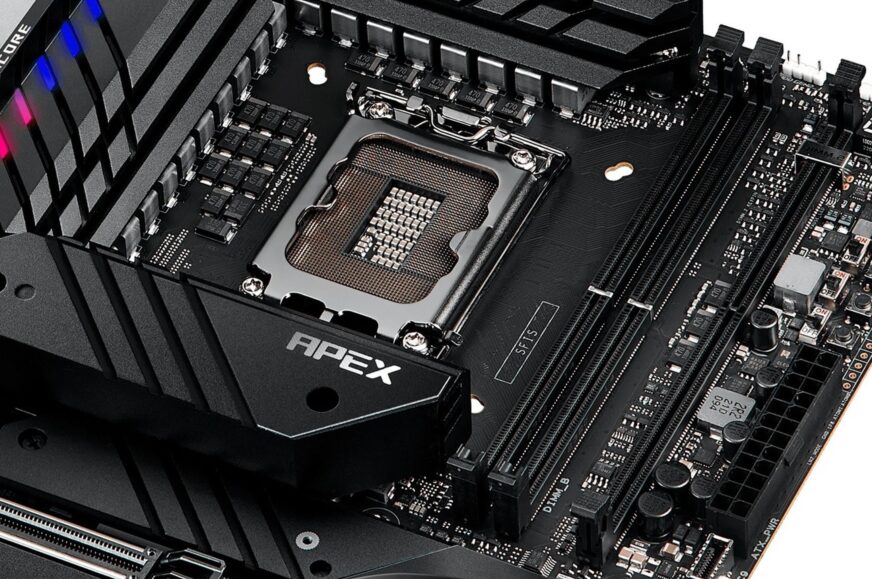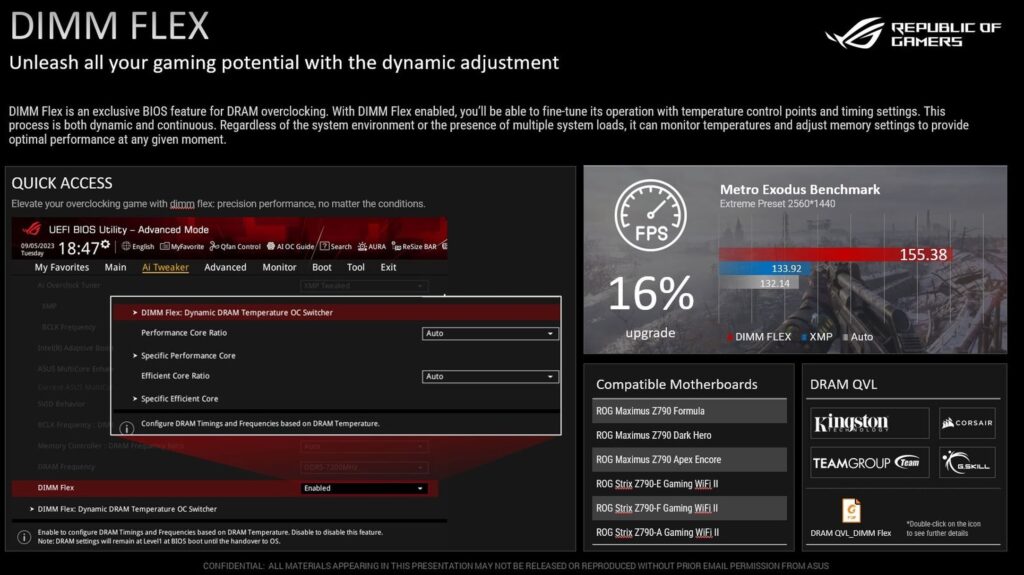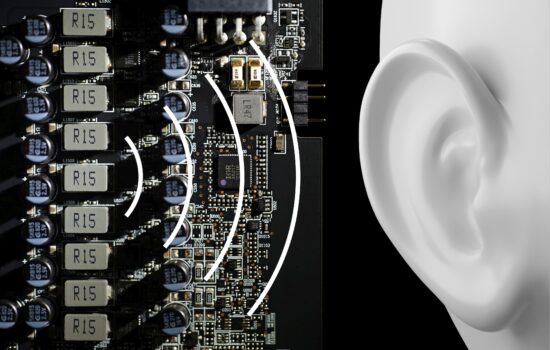DIMM Flex: Exclusive memory function on new Asus Z790 motherboards
Although no new boards with the Z890 chipset came out with Raptor Lake Refresh CPUs, each manufacturer added new models with the “old” (Z790) chipset. The reason to take interest in them may be, for example, DIMM Flex support. The latter should increase memory bandwidth and stability on selected Asus motherboards. Asus describes well how it all technically works and has published some practical results as well.
Since motherboard manufacturers did not have to bother with implementing new chipsets before the launch of Intel Raptor Lake Refresh processors, there was some room for incorporating new features, even at the hardware level. One such feature is DIMM Flex, which focuses on memory subsystem optimizations.
As part of internal analysis, Asus has found that higher temperatures of the power management ICs (PMICs) on DDR5 memory cause inefficient reduction of bandwidth and, in critical cases, stability in certain situations. This is not something that owners of average modules should have to deal with (these do not experience excessive temperatures), and it should only be a topic for the fastest ones. Asus talks about DDR5-8000 in their materials, which the individual measurements are also linked to. For these in very high MemTest Pro workloads, speed drops of up to 22% (from about 2000 to 1577 MB/s) can supposedly occur, unless the motherboard is using something similar to what Asus calls “DIMM Flex”.
What is it? DIMM Flex is a new hardware circuit included with select Asus Z790 motherboards. The new ones that came out for Raptor Lake Refresh, but naturally also support older processors (Raptor Lake) with LGA 1700 support.

The principle of operation of DIMM Flex is to monitor temperatures in the vicinity of the memory slots and this information (about temperatures) is communicated with the Asus controller. The latter then sends instructions to the CPU on how the memory controller (IMC) and consequently the DRAM speed should react appropriately with respect to the temperatures. This is to eliminate critical situations where inefficient speed losses occur with “static” profiles. DIMM Flex is thus a dynamic memory subsystem feature mainly to ensure the highest possible average bandwidth. However, not at the expense of stability, which is also higher. That is, if static XMPs combined with high-speed DDR5 memory are getting so hot that even many read and write errors are already occurring.
To illustrate the speed increase Asus has two examples from gaming practice. With DDR5-8000 memory in Metro Exodus (1440p), it saw an average speed increase of up to about 16% (from 133.92 to 155.38 fps) with DIMM Flex compared to traditional XMP. And then in CS:GO (2160p), for example, it was 5% (for 200 to 210 fps).
XMP in the BIOS can be found on the Ai Tweaker tab in three different levels according to customizable temperature cutoff points. In addition to the most powerful setting, you can also reach for a less aggressive or more conservative setting in case you are exceeding the thresholds from a temperature point of view.
This feature (DIMM Flex) is only supported on the new Asus Z790 motherboards. Updating the BIOS on older ones won’t let you access it, as these lack the hardware addition that makes dynamic memory optimization work. Only motherboards for the Intel platform are supported, specifically the models ROG Strix Z790-A Gaming WiFi II, ROG Strix Z790-F Gaming WiFi II, ROG Strix Z790-E Gaming WiFi II, ROG Maximus Z790 Apex Encore, ROG Maximus Z790 Dark Hero and ROG Maximus Z790 Formula.
English translation and edit by Jozef Dudáš












